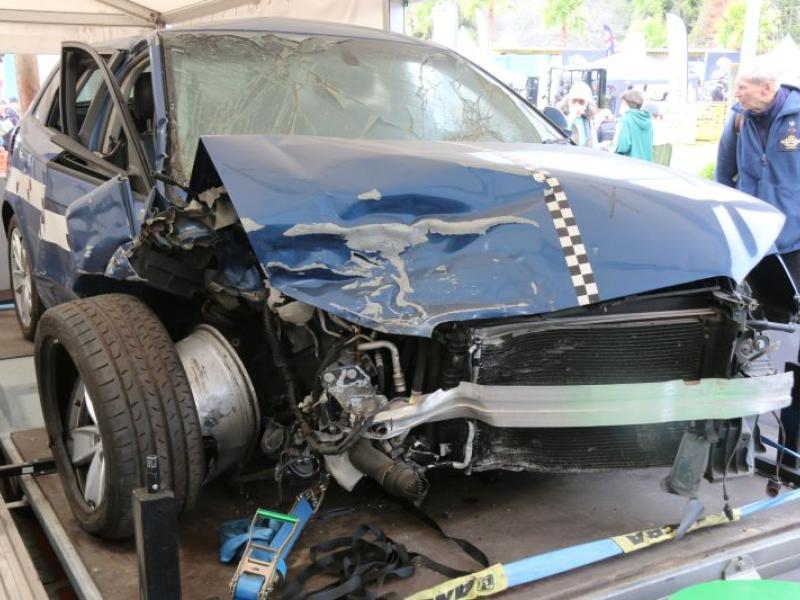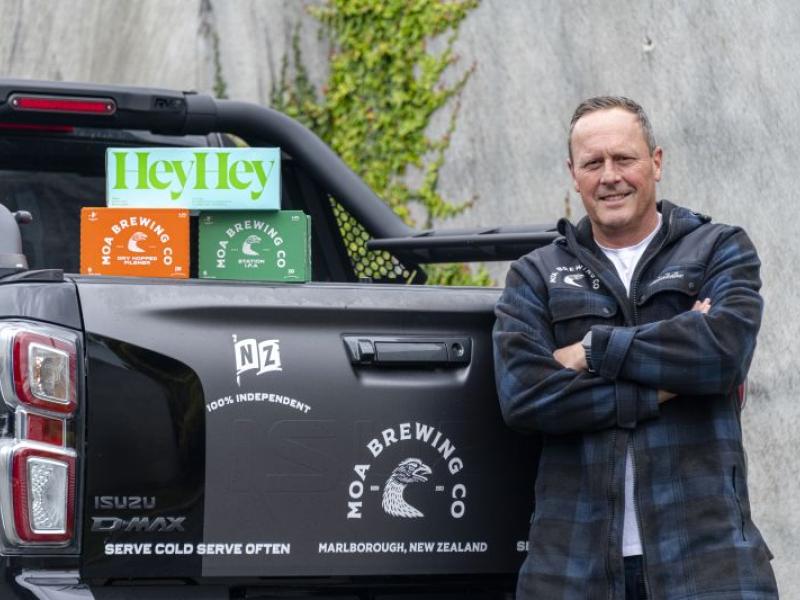Fleet management requires knowledge, collaboration and leadership to have an effective, safe and efficient fleet.
Cathy Parker reports.
The annual AfMA (Australasian Fleet Managers Association) conference held in the Melbourne Convention Centre just keeps growing; it is now two full days with a variety of breakout sessions and a fairly comprehensive exhibition showcasing some new vehicles including Toyota’s Mirai Fuel cell car and Hyundai’s IX35 Fuel Cell car and a range of fleet services.
This year’s event had particular emphasis on safety and low emissions vehicle strategies along with some more general topics such as the new lease accounting standards, fleet management systems and fit-out.
Safety topics included such alluring sessions as Situation normal until someone dies, Does your drug and alcohol policy stack up, Driver distraction – Busy brain syndrome, Making safety a number one priority, data is the key to a safer, lower cost fleet and Not all five Star ANCAP vehicles are created equal. Low emissions covered Exploring EV vehicles and charging stations, the art of vehicle residuals and low emission vehicles and remarketing, Why are low emission vehicles important and what’s holding Australia back, Low emission vehicles an update from America/Europe and Australia and Managing transition to a lower cost and lower emissions fleet.
Some of the more interesting take-outs included:
Situation normal until someone dies
Stuart McGregor from the major collision unit of Victoria police – They use a Swiss cheese accident model where a mistake or error is like a hole in a slice of Swiss cheese – one won’t normally create an accident on it’s own as there are other layers of cheese but if you get two or three factors where the ”holes” align then bang! He used the NZTA ad where a vehicle pulls through a Give Way sign and is hit by a car – in slow motion where they talk to each other as an illustration (combination of not giving way, inattention and the second vehicle speeding) He also pointed out that accidents in the metro area ran at about 2-8 per 1000,000 km but were 10 in the country with higher speeds and bad roads plus the cheering fact that of 262 fatalities last year 30 were not wearing seat belts.
Ross Clayton, a senior investigator for Worksafe, talked about the need for realistic scheduling to avoid stress/tiredness/speeding and flexibility around overnight stays and insisting drivers stay rather than attempt to drive home.
Not all star-star ANCAP vehicles are created equal
2018 will see the aligning of ANCAP and EuroNCAP, it also sees an increasing focus on active collision avoidance technologies which will be needed to achieve five stars. As an example AEB (Autonomous Emergency braking) results in a reduction of 38 percent in real world rear end crashes in city conditions. The requirements for five stars are constantly increasing so it was pointed out that as well as the rating companies need to look at the date stamp (when tested) – for fleets it was suggested that a date stamp of three years old or less would be a good policy for new vehicle purchases.
In Australia vehicles older than 2000 make up 20%of the fleet but account for 35 percent of fatalities, whereas vehicles newer than 2011 make up 31% of the fleet and only 13%of fatalities showing the advance in vehicle safety. In 2016 95% of the vehicles tested for ANCAP received five stars.
Low emissions and EV’s
Started with a quick recap on the physics of petrol engines and combustion, with complete combustion and at normal conditions 1kg of fuel and 3.5kg of oxygen combine to produce 3.1kg of CO2 and1.4kg of water (plus power). In reality the ideal is never achieved and there are a variety of byproducts – if the mixture is over rich carbon nano-particles (C) and unburnt Hydrocarbons (HC) and if under rich Oxides of Nitrogen.
Engine efficiencies have improved from around 18 percent to mid 20’s range.
Worldwide energy use is around 15 TW but we get 20,000 times that from the sun per day so solar has potential to ultimately be a great clean renewable energy resource.
The incentive programmes used in several EU countries were covered, with the exception of Norway most have had issues with unintended consequences and regular tinkering which has affected their effectiveness, Norway however has achieved 41% EV penetration in fleets and 56% in private sales with zero VAT on purchase and lease costs, bus lane use with two people, free parking and free ferries.
Another interesting trend was a move by some major cities to progressively ban dirtier cars so Euro 4 from a certain date, then Euro 5, Paris will ban all diesel cars from 2020.
Real world consumption and emissions
There is a growing concern around the divergence of economy reported in standardised test vs actual results, even without the acknowledged cheating by some companies. This is primarily because the tests incentivise manufacturers to tune vehicles to minimise CO2 emissions optimised to the test cycle which perversely can increase then in real world conditions which don’t match the test cycle. In 2002 the variance was around 10% but by 2014 was 35% and it is estimated could be 50% by 2020. A new WLTC test cycle is being introduced in 2020 but even with that it is estimated there will still be a 23% variance with real world. Australian testing by ABMARC showed about a 25% difference over a range of vehicles with one model having 60% higher consumption, test CO2 was exceeded by 20% of petrol vehicles and NOX by 83% of diesel vehicles tested.






